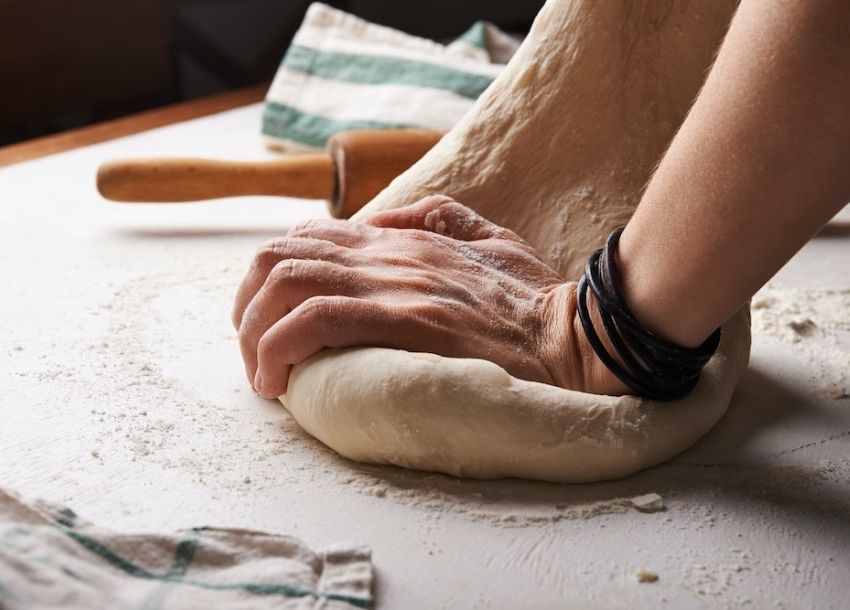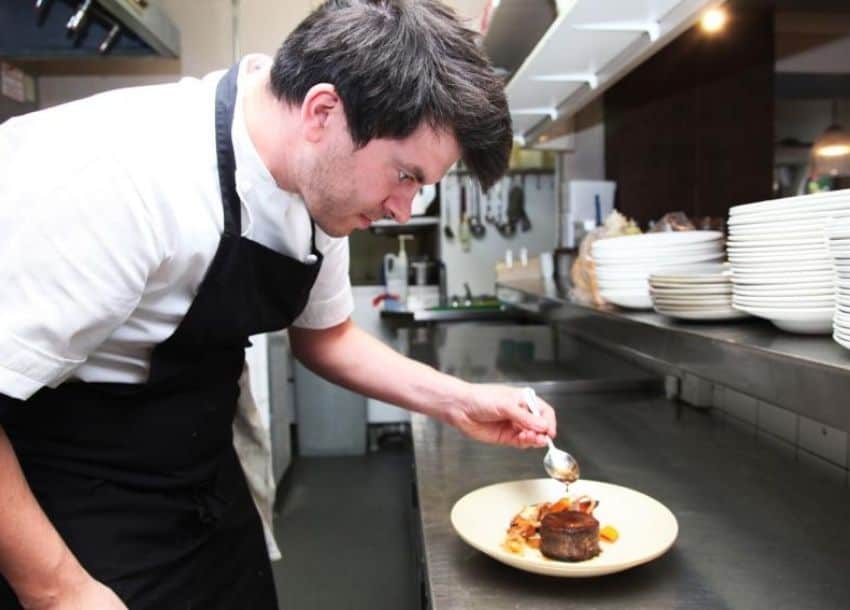How to Write a Standout Pastry Chef CV
- Job Hunting & CVs
- Sep 17
- Share post

Your pastry chef CV is your first chance to prove that you can bring precision, creativity and consistency to the kitchen. Whether you are stepping up from commis or assistant level, moving into a pastry chef de partie role, or seeking your next challenge as an experienced pastry chef, your CV needs to demonstrate that you can master the art of patisserie while thriving under the pressure of service.
Employers will only spend seconds scanning it, so every detail must be clean, clear and compelling. This guide will show you how to write a CV for a pastry chef that stands out – with structure, skills, and examples that get you noticed.
Why your Pastry Chef CV matters
Your pastry chef CV is often read by a head chef, executive chef, or hotel manager. It is not just a document listing your jobs – it is evidence that you can deliver consistent quality, manage production and add value to a menu. Pastry is one of the most technical areas of the kitchen – your CV should reflect the same attention to detail you show when tempering chocolate or laminating dough.
Key sections to include in a Pastry Chef CV
Contact details
Start with your name, phone number, email and location. Keep it precise, easy to read and double-check for accuracy.
Personal statement for a Pastry Chef CV
This short introduction should summarise your career, style and ambition. Highlight your strengths, such as menu development, chocolate work, or event production. Keep it under five lines and make it clear why you are the right fit for the role.
Education and training
List your qualifications in reverse order. Include culinary school, patisserie diplomas and food hygiene training (Level 2–3 is standard in the UK). Add any specialist courses such as sugar artistry, allergen awareness, or advanced chocolate work.
Skills to highlight in a Pastry Chef CV
Use bullet points to keep this section clear:
- Lamination and viennoiserie production.
- Chocolate tempering and sugar work.
- Dessert menu design and plating.
- Production scheduling and stock control.
- Food safety and allergen management.
- Team leadership and mentoring of junior chefs.
Work experience
This section should provide evidence to back up your skills. Use reverse-chronology, include dates, job titles and employers. For each role, focus on achievements:
- Increased croissant production by 40% while maintaining consistency.
- Designed a plated dessert menu that boosted average spend by £8 per cover.
- Reduced waste by 20% through better portion and batch control.
Additional interests
Optional – but useful if they reinforce creativity or discipline, such as competitions, food photography, or volunteering at culinary events.
References
Either include referee details or simply note “Available on request”. Always make sure you have permission.

Tips to make your Pastry Chef CV stand out
Quantify achievements:
Show numbers such as covers per shift, waste reduction, or awards.
Tailor for each role:
Fine dining, banqueting, or bakery all value different skills.
Keep formatting simple:
ATS-friendly headings, clear fonts and no distracting graphics. Make sure your CV file size is less than 1.5mb in size.
Update regularly:
Add new training, competitions, or menu launches as they happen.
Proofread twice:
Mistakes in your CV suggest lack of attention to detail, which is actually the sort of thing a potential new employer doesn’t want.
Examples of pastry-specific achievements
Employers want proof, not promises. Examples you could include:
- “Created a six-course dessert tasting menu that sold out for three consecutive months.”
- “Trained two commis chefs to pastry demi level within 12 months.”
- “Produced 200 viennoiserie items per morning while maintaining uniformity.”
- “Achieved recognition in the UK Pastry Open semi-finals.”
Common mistakes to avoid in your Pastry Chef CV
- Using a generic CV without tailoring it to the venue.
- Listing just duties instead of duties and outcomes.
- Forgetting essential qualifications like food safety and hygiene.
- Overly designed templates that break ATS scanning.
- Sending an outdated CV without your latest role listed.
Final thoughts
Your pastry chef CV is more than a list of jobs you have had – it’s proof that you can create, organise and deliver consistently in one of the most technical areas of the kitchen. Whether you are stepping up or moving on, the key is clarity, outcomes and evidence. Keep it simple, tailor it for the role and show the same precision on paper that you do on the plate.
–
FAQs
How long should a Pastry Chef CV be?
Keep it to a maximum of two pages. Employers only scan, so concise and relevant wins. To find out more, visit: How to Write the Perfect Chef CV.
Which skills are most important on a CV?
Highlight technical patisserie skills (lamination, chocolate, sugar), plus planning, food safety and leadership.
Do I need a food hygiene certificate for pastry roles?
Yes – UK pastry chefs are expected to hold at least Level 2 Food Safety & Hygiene, with Level 3 for supervisory positions.
How do I show achievements if pastry is team-based?
Explain team outcomes, then clarify your contribution – e.g., “As part of a team that produced 1,000 plated desserts, I managed the chocolate garnishes.”
What’s the best format for a Pastry Chef CV?
Reverse-chronological with achievements and skills in clear sections. Use ATS-friendly formatting with no graphics or unusual fonts.
Comments
Add a comment
Leave a Reply · Cancel reply
You must be logged in to post a comment.



